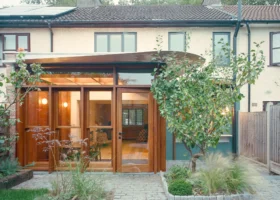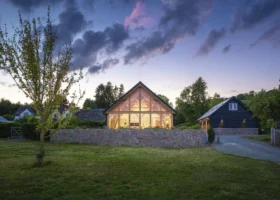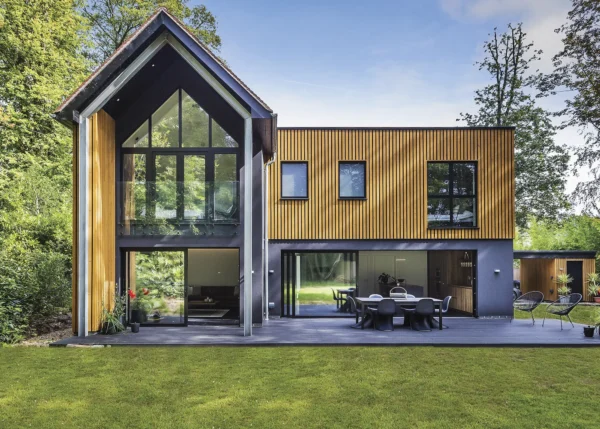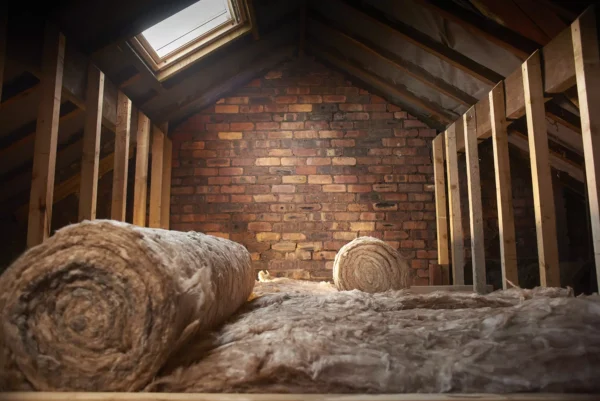- Plan ItBack
- Design ItBack
- Build ItBack
- Homes
- Products
- CostsBack
- Self Build Cost Calculator
Estimate your project costs instantly with Build It's interactive self-build cost calculator
Calculate Now - Costs & Finance
- Contracts & Warranties
- Build It Estimating Service
Get an accurate, detailed cost breakdown of your project
Submit plans
- EventsBack
- My Account
Q&As
I have a Steel Frame House – How Can I Enhance the Wall Insulation?
I've recently purchased a steel frame house (built in the 70s by BISF and updated with a single skin red brick and insulation in the 1990s). I want to improve heat retention by improving the wall insulation, ideally by adding insulation internally (not to the exterior) as I also need to renew all inside walls, electrics and heating. I am finding it very difficult to locate advice on this. Most builders I have contacted have little experience of this type of house structure or only provide external brick skins. Who could I ask for expert advise? Can I simply add insulated plasterboard to the existing internal batons without creating moisture issues or other problems? Any advice is welcome.







































































































This is a good question! I’m afraid I can’t give you a full answer without further information – and even then, I will have to refer you to someone better versed in building physics than I am.
How much insulation was added in the 90s, and what material? I’m going to guess it was PUR/PIR – Kingspan or the like, so the steel frame is now wholly encased. If so, the challenge is one of moisture movement, as this 1990s external wall insulation (EWI) will have prevented any moisture escaping outwards. So, one would hope that the question of interstitial condensation was addressed when the building was upgraded – and that you have been provided with the analysis.
If you then added a new later of internal wall insulation (IWI), you would change the moisture and thermal gradient again, so a fresh analysis would be needed. BISF has risks, as condensation causes rust and could lead to structural failure if we get the process wrong.
More pertinently, we need to work out the existing U-value and the U-value after any further IWI – and then ask how much energy would actually be saved by the new layer. If (allowing for comfort-taking and other actors) it’s not much, then the embodied energy/carbon/expense and disruption of adding internal insulation might not be justified.
Also, note that by internally insulating you lose the thermal mass of the existing structure. So, the building becomes less effective as a storage heater and the decrement delay (the time it takes for heat to pass through a building elemen) is reduced.
Insulation suppliers will carry out interstitial condensation analysis for you, for free, but I would advise asking (and paying) an independent expert. You can start your search by contacting the UK Centre for Moisture in Buildings.
Nigel Griffiths (Build It sustainability expert)